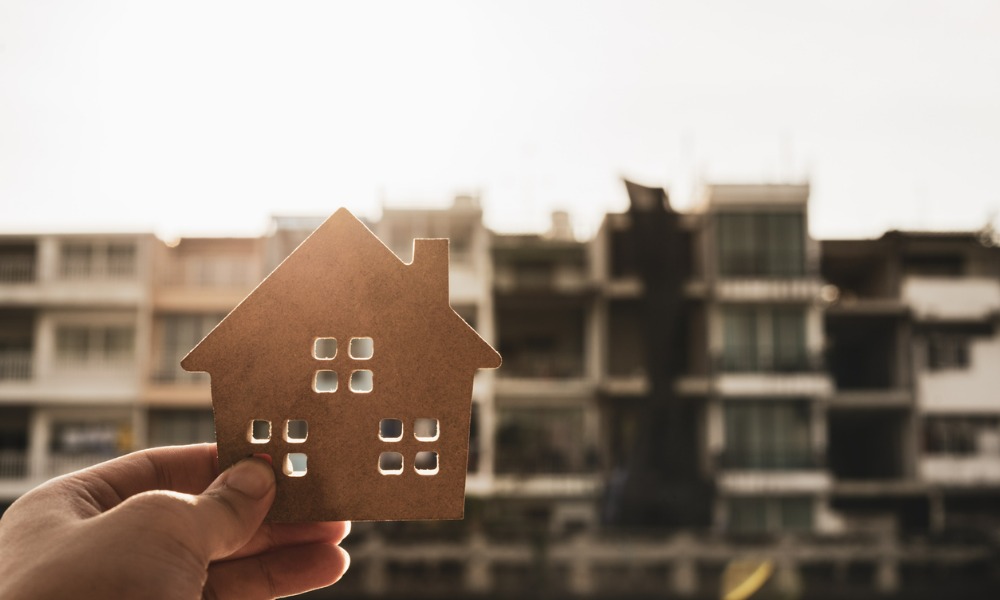Homeowners squeezed by interest rate increases and the mounting cost of living

Forced home sales are on the rise in Australia's major property markets as homeowners face mounting pressure from increasing interest rates and the rising cost of living.
Distressed sales data from SQM Research reveals a year-on-year increase in emergency property sales in New South Wales and Victoria, The Australian reported. In June, NSW witnessed an 11.1% surge in forced sales, reaching 1,118 homes, while Victoria experienced a 19.7% increase, totaling 846 properties.
The most concerning situation, however, is in Tasmania, where forced sales have spiked by over 54% in the past year, totaling 88 properties.
“All other states are still lower than what we had them compared to pre-COVID levels,” SQM managing director Louis Christopher told The Australian. “This is a reason why we haven’t been overly concerned about the numbers as yet. But in Tasmania, that’s not the case, they’re definitely above. We know that in Tasmania, mortgage stress levels did reach very high levels, housing affordability reached record low levels during the last boom, and housing prices have virtually been on the rise since 2015. I think these factors might be affecting that state the most at this time for the local population.”
Despite the Reserve Bank's decision to pause the cash rate at 4.1% this month to allow previous rate increases to take effect, homeowners with a $600,000 mortgage have seen their repayments rise by over $15,000 annually since May 2022.
While this may lead to budget constraints and reduced spending, it has not yet resulted in significant mortgage arrears, according to PropTrack senior economist Paul Ryan.
Read next: Mortgage burden could hit record high – report
“We have seen those that have rolled off fixed rates and those people that never fixed and have followed variable rates – which was more than half of all borrowers … they haven’t shown significant signs of trouble so far,” Ryan told The Australian.
Distressed property listings, categorised as those indicating urgency or desperation to sell, saw a national decline of 11.3% to 5,335 properties, according to SQM. This decrease was mainly driven by significant reductions in South Australia (down 10%), Western Australia (down 37.1%), and Queensland (down 16.1%), all of which have demonstrated resilience to property price declines throughout 2023.
However, both of Australia's territories experienced a rise in forced sales. The Australian Capital Territory, the second most expensive region in the country, saw a 13.3% increase in forced sales to 17 properties, while the Northern Territory experienced a 21.3% rise, totaling 103 properties.
Christopher remained cautious about the property market's outlook, warning of the increased risk of a "double-dip" downturn due to tightening household budgets and borrowing capacities.
“We’re on a knife edge with the housing market,” he told The Australian. “On our modelling, we have reached levels which can create a recession in terms of interest rates.”
Have something to say about this story? Let us know in the comments below.



